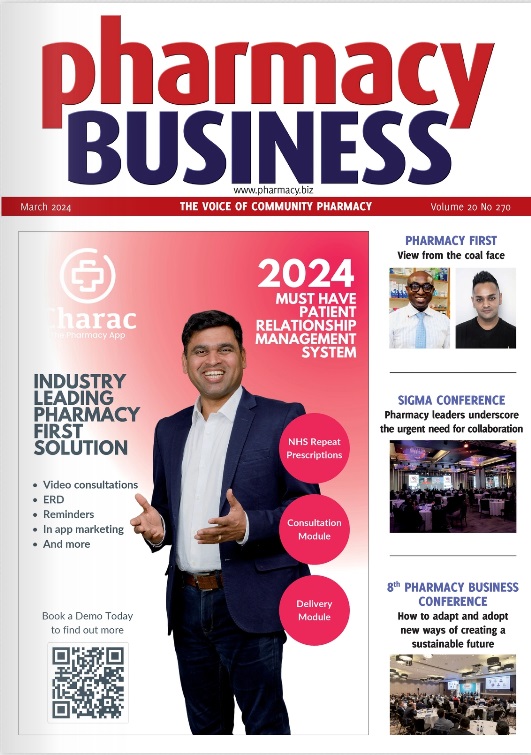Contamination or cross-contamination in the pharmaceutical industry is a very serious issue seeing that the medications manufactured here will go directly into people’s bodies. Therefore, the control of contamination is critical in this industry. The manufacturing process often involves several people, various equipment, as well as various processing steps. In this article, we will focus on the prevention of contamination and cross-contamination at any state in the pharmaceutical manufacturing process.

Premises and Building Design
All buildings must be designed to eliminate the entry of pests and insects. This is achieved by good design of the building and facilities. Also, the entry of unauthorized persons should be monitored in the packing, production, and quality control sections. All surfaces should be clean, with no cracks or open joints, and should not shed paint or other matter. All light fixtures and ventilation points should not introduce recesses that are difficult to clean.
Equipment
All equipment should be easy to clean, inert, and neither additive nor absorptive. All equipment that can raise dust during the cleaning process should be avoided and all materials or presence of the previous product should be removed before the workers start working on the next product. Also, there should be no residual cleaning agent or water on the equipment after cleaning. Once cleaned, all equipment should be wrapped in polythene paper to prevent contamination until the next use.
Manufacturing
At every stage of the manufacturing process, all raw, intermediate, and printing materials should be free from contamination, microbial or otherwise. Some manufacturers remove the outer packaging on all materials delivered before they are introduced to the manufacturing floor.
Some also require that a biotech vacuum system be installed on all production lines and departments. These systems have HEPA filtration, which helps remove all physical, chemical, and biological contaminants from the manufacturing floors, machinery, and tools.
Personnel
Everyone working at a pharmaceutical manufacturing facility must undergo a full medical check-up before employment. They should also be ready to be subjected to impromptu medical checks when they are requested by their bosses.
All personnel should wear clean full-body coverings when they are inside the facility and manufacturing floors. To prevent contamination to the final product, there should be no direct contact between the operator and the starting, primary packaging, intermediate, or finished products. Also, everyone working on the manufacturing floor is required to wear personal protective equipment (PPE’s) at all appropriate manufacturing stages.
Personnel should also ensure there are no exposed body surfaces and that they do not enter the manufacturing floor with their personal clothes and footwear.
Heating Ventilation and Air Conditioning (HVAC) Systems
All HVAC systems should be validated by qualified professionals and should be installed with appropriate filters such that they provide pressure differentials. Also, the HVAC systems should always supply clean air to the manufacturing floor and remove all dust and contaminants from the working area.
Because contamination is such a serious issue in pharmaceutical manufacturing, manufacturers must put measures, protocols, rules, and regulations in place to prevent contamination and cross-contamination between products. This is the only way medicines can pass the required quality assessments.







